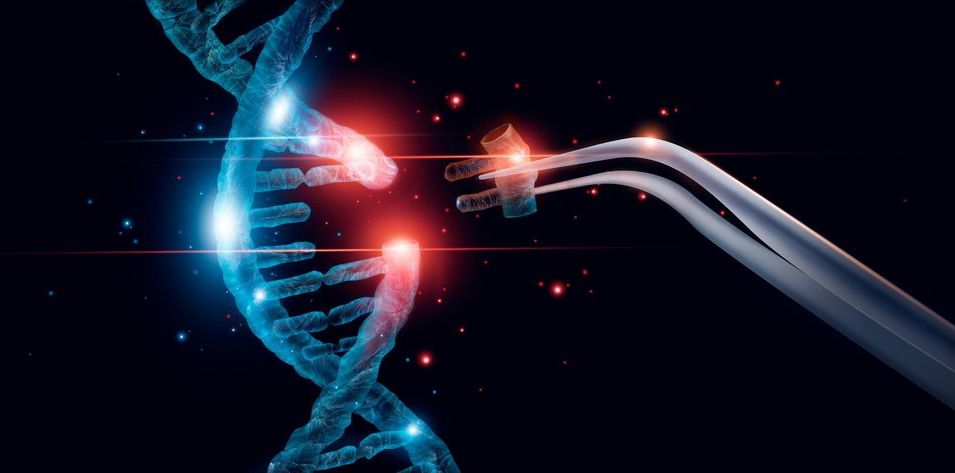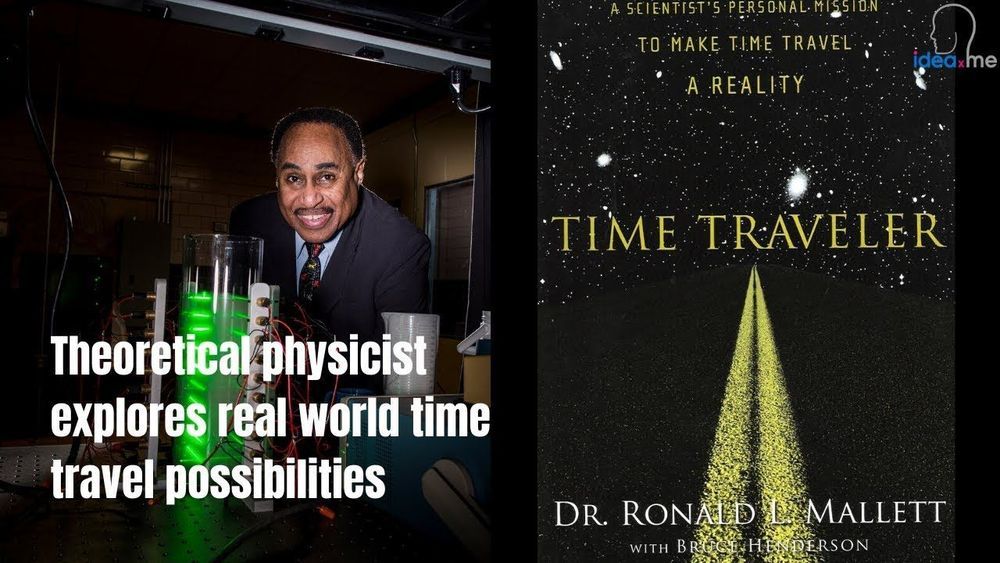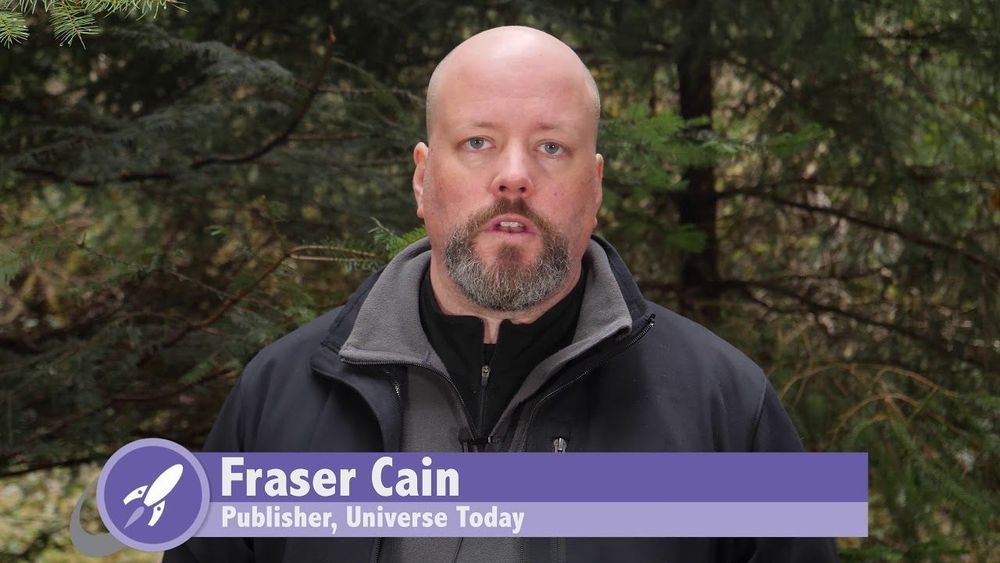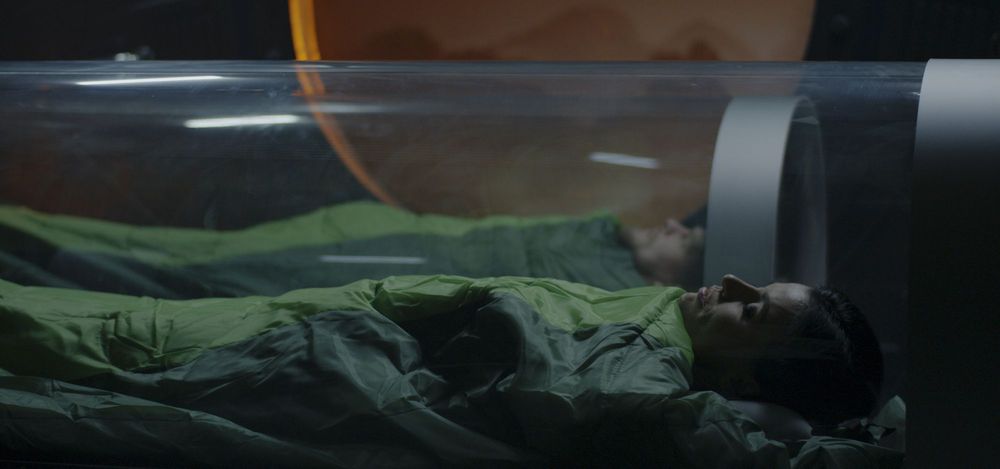Nov 27, 2019
‘Infrasound’ May Soon Help Scientists More Accurately Predict Tornadoes
Posted by Genevieve Klien in category: climatology
New research results show how sound below the range of human hearing can help scientists predict and track tornadoes.
Predicting tornadoes is crucial for saving lives. Today, meteorologists rely on Doppler radar signatures as well as context clues, combined with reports from eyewitnesses on the ground. The technology has led to a major increase in warning time around tornadoes over recent decades. But the National Weather Service still reports at least a 50 percent false alarm rate for issued tornado warnings as of 2014, and the rate might be even higher. Now, scientists are getting serious about using infrasound—sound with a frequency lower than human ears can hear—as a means to supplement present-day methods for tornado detection.



















